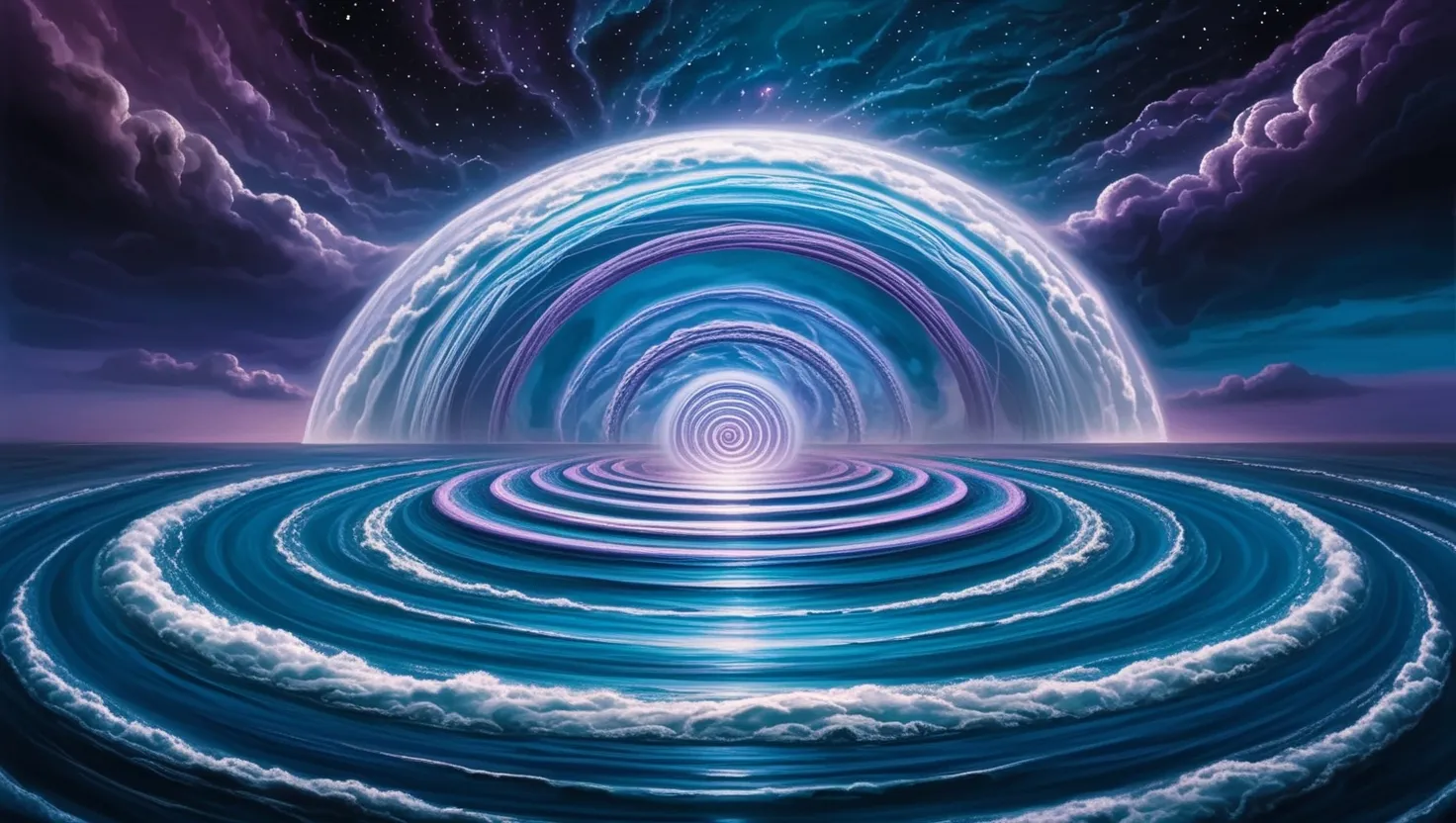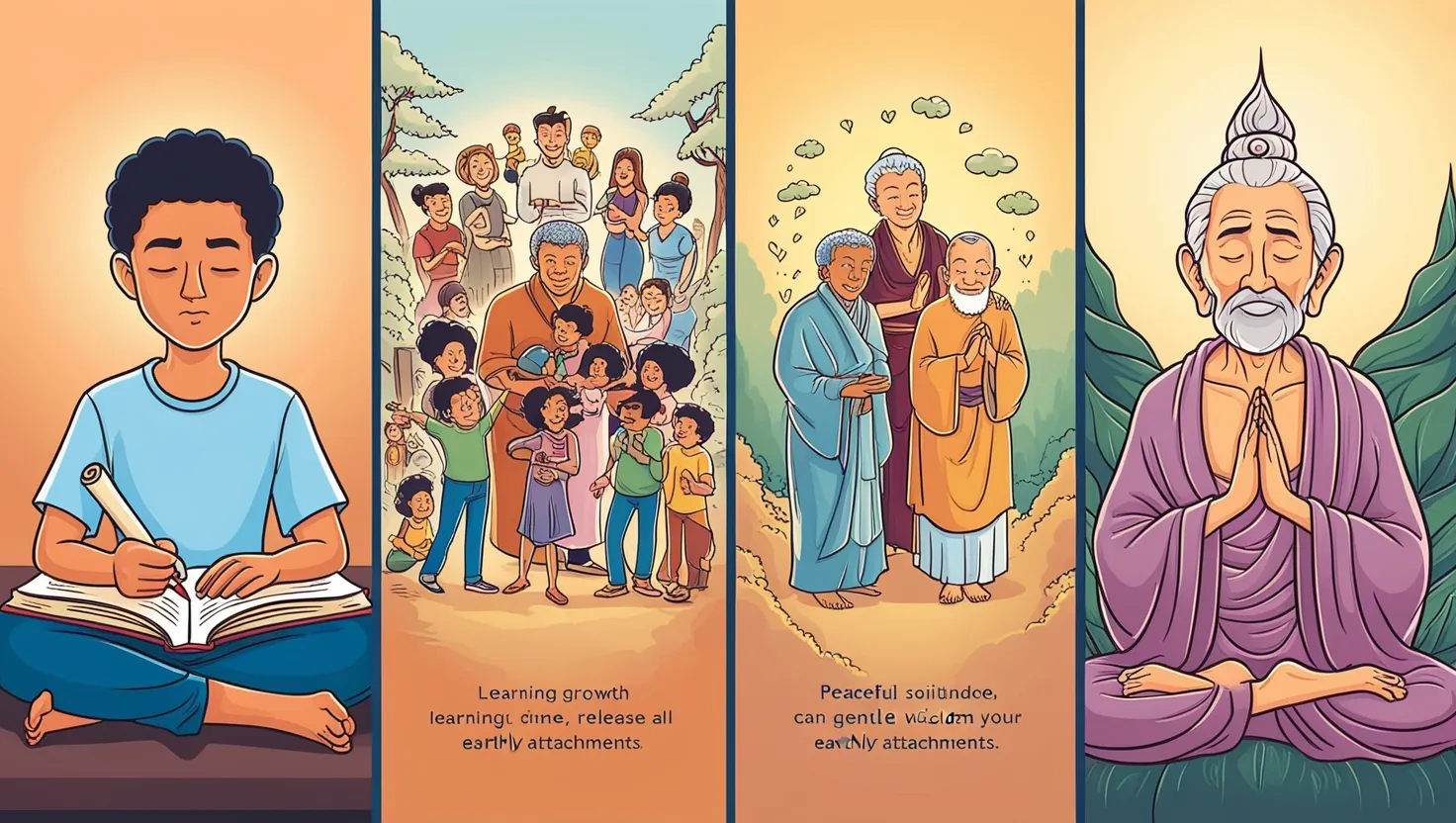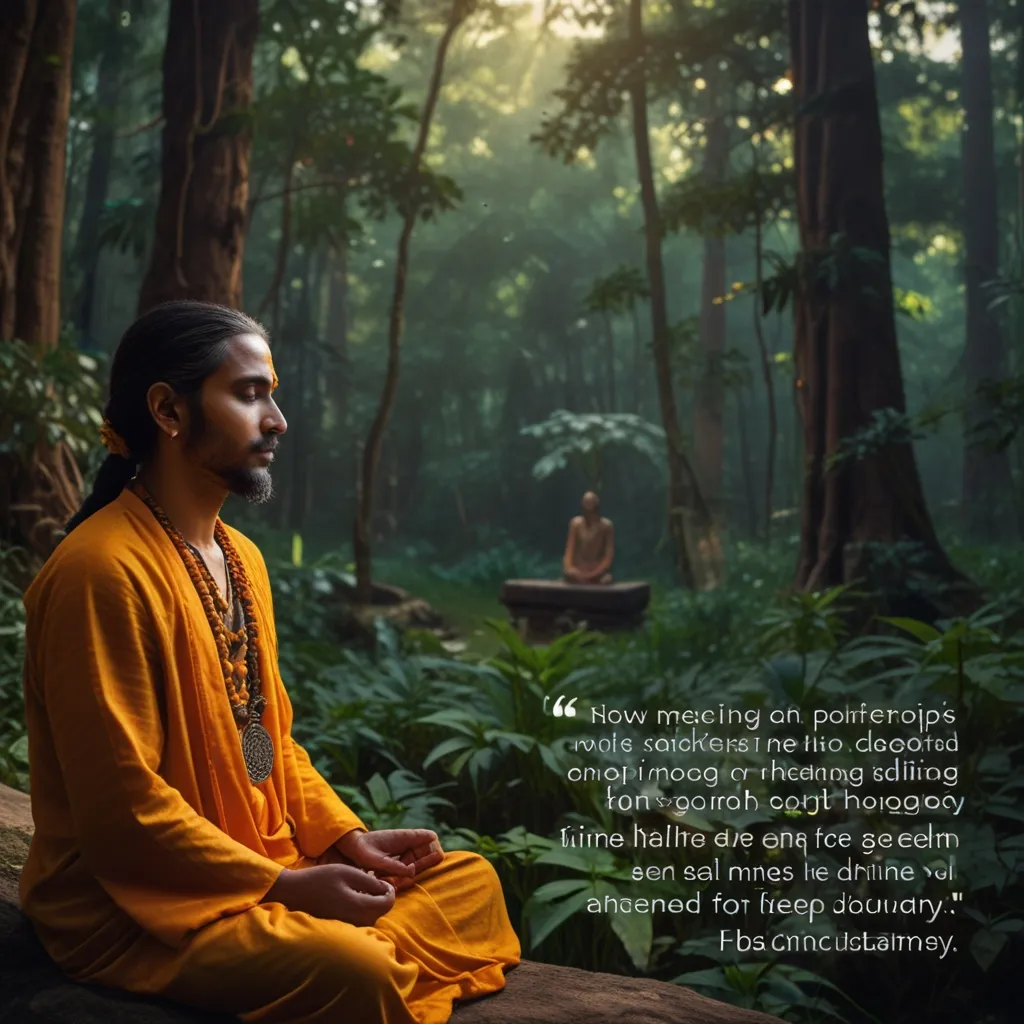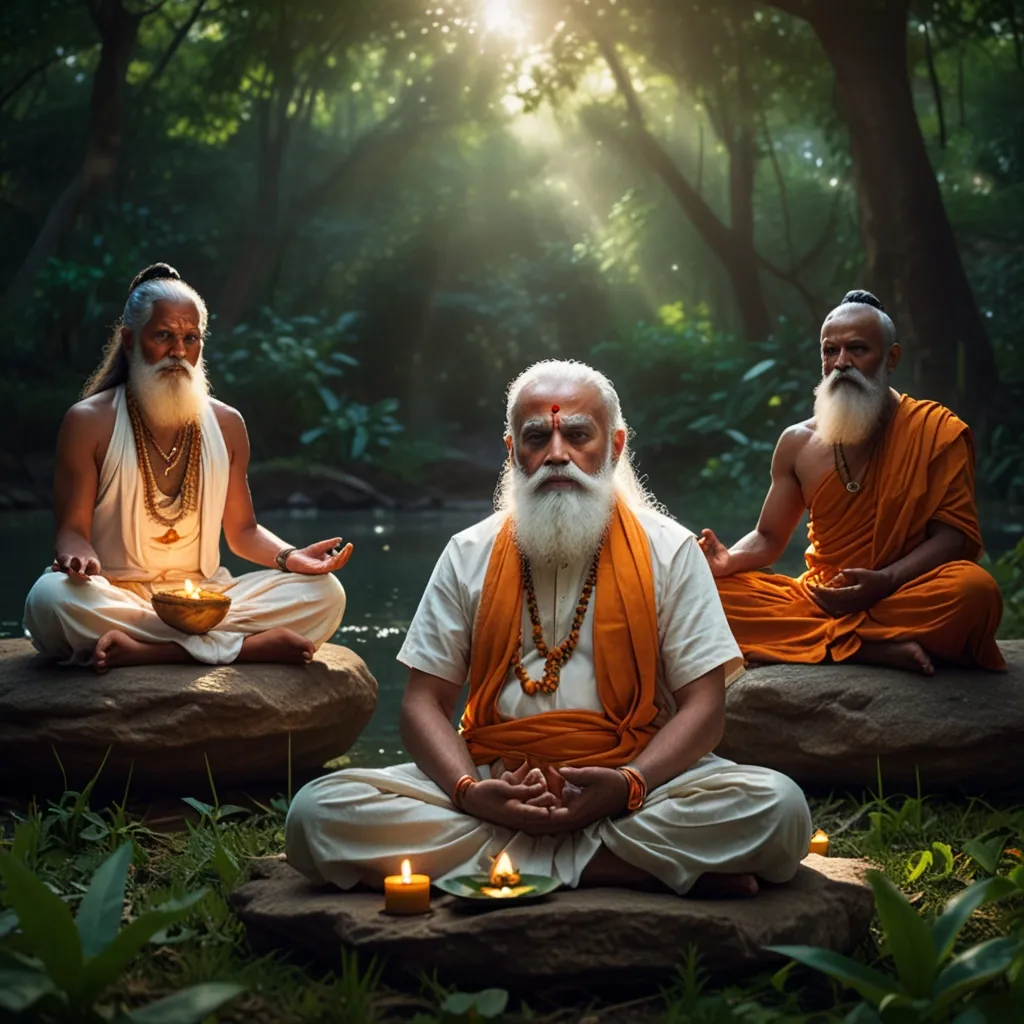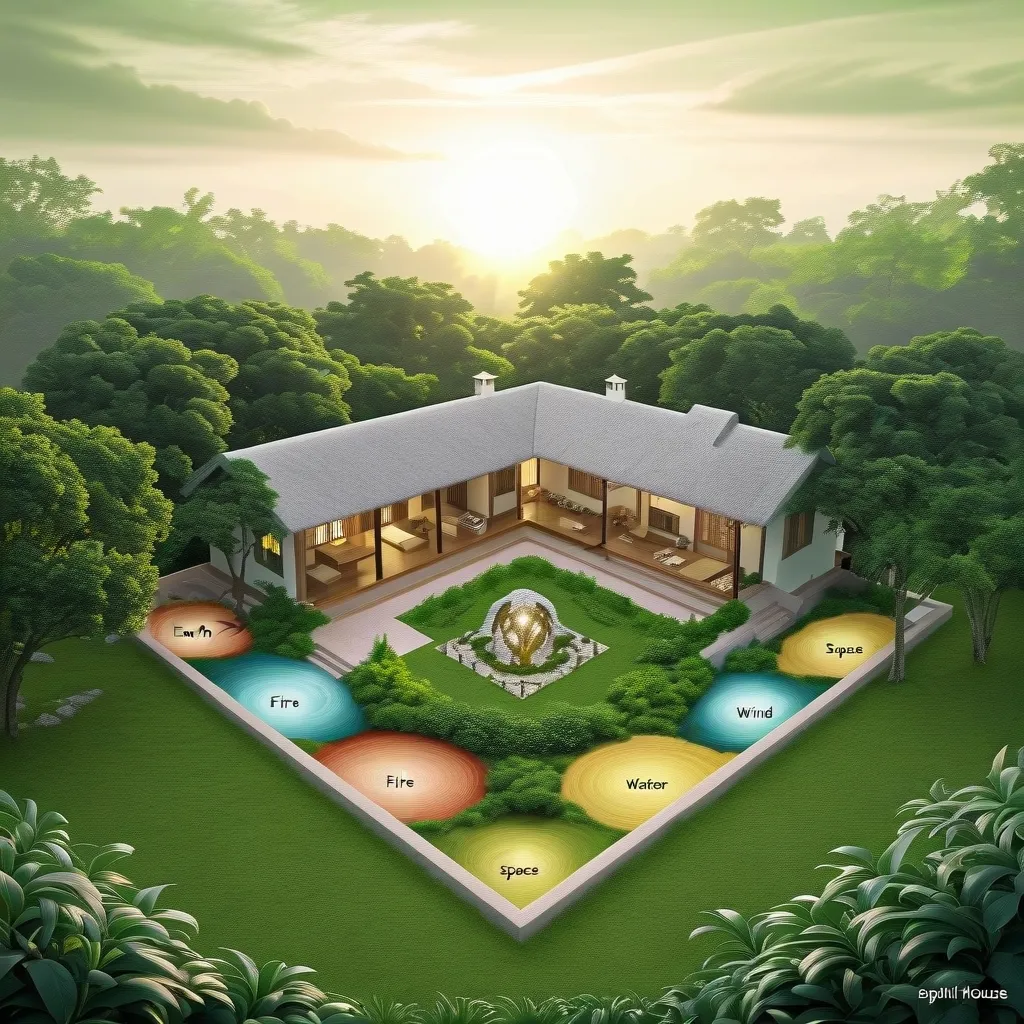What if time wasn’t a straight line marching from yesterday to tomorrow, but a vast ocean with swirling currents, hidden depths, and mysterious tides? The Vedas suggest just that. When I think about Vedic time, I’m struck by how it flips modern assumptions on their head. Time isn’t only a number on a clock or a passage measured in years—it’s a cosmic power, dynamic and multidimensional, shaping reality at every level. From the minuscule truti to a kalpa that outlasts empires, the Vedic vision presents time as simultaneously intimate and incomprehensibly grand.
“Time is a created thing. To say ‘I don’t have time’ is like saying, ‘I don’t want to.’” — Lao Tzu
Kala, the Sanskrit word for time, carries a sense of agency—almost a personality—that’s rare in philosophical systems. The Vedas don’t simply tick off seconds; they portray time as a container for existence, but also as a force that propels and dissolves everything. Here’s where it gets fascinating: time comes in forms and flavors, from the most fleeting instant to epochs that reshape everything. When we encounter truti, the smallest unit—about 1/33,750th of a second—we glimpse a culture that found meaning and rhythm even in the nearly invisible.
But the more you zoom out, the more staggering the vision becomes. Consider the cosmic calendar: Four ages—Satya, Treta, Dvapara, and Kali—march in cycles, each one shorter and less spiritually radiant than the last. In these stories, time is a spiral, not a line. I often ask myself: Does the repetition of these Yugas speak to the cyclical nature of human behavior, or something more mysterious? Satya Yuga recalls a golden era of truth and virtue; by contrast, Kali Yuga, where we are supposedly living now, carries themes of discord, confusion, and spiritual forgetfulness. Is this pessimism—or simply an honest accounting of human cycles?
“In the vastness of time, the universe repeats itself. But it never repeats any one of us.” — Carl Sagan
A single round of these four Yugas forms a Mahayuga. Seventy-one Mahayugas add up to a Manvantara, presided over by a cosmic figure called Manu. Fourteen Manvantaras make one day in the life of Brahma, the creator god—a single day that stretches over 4.32 billion years. And then comes night, equally long, as the universe rests, dissolves, or sleeps. Brahma’s lifespan itself runs to 100 divine years. By this clock, civilizations, species, and whole worlds appear and vanish like morning dew. It’s hard not to be both humbled and enthralled by the sheer audacity of this temporal vision.
What does it mean for us to inhabit a universe where time is so immense, so recursive? If the universe continually cycles through creation, preservation, and dissolution, does anything truly begin or end? Vedic thinkers didn’t see history as progress, but as a return. The past is future, and every moment has been lived before—yet, paradoxically, everything remains unique. Modern science flirts with similar ideas, with theories of a cyclical or oscillating universe, but the Vedic system builds this intuition into its spiritual heart.
“Time is the wisest counselor of all.” — Pericles
One of my favorite twists in the Vedic system is the fluidity of time’s measurement. While modern science carefully subdivides time for precision, the Vedas do something similar but with a spiritual twist. From the truti, to the nimesha (blink of an eye), second, minute, hour, day, and up to the yuga, the measurement isn’t just functional, it’s cosmological. For example, the very act of calculating and reciting the current cosmic day during rituals—a practice still alive—reminds practitioners that they’re participants in a story much larger than themselves.
Then comes Kalpa, the day of Brahma. Imagine a timescale longer than Earth’s geological history, encompassing the rise and fall of galaxies. And yet, the Vedic texts don’t stop there. The lifespan of Brahma—a hundred years of such days and nights—soars to numbers that boggle the sharpest minds. Half that life, the para-ardha, becomes a standard for the truly cosmic.
Are these just poetic exaggerations, or did the sages intuitively grasp the vastness of cosmic phenomena? Either way, these timescales put human concerns squarely in perspective. The Vedic attitude is not about diminishing the value of the everyday, but about enlarging our context.
“Yesterday is gone. Tomorrow has not yet come. We have only today. Let us begin.” — Mother Teresa
This brings me to one of the most intriguing aspects—muhurta. In this tradition, not all time is created equal. Certain moments are considered rich with possibility or fraught with risk. Muhurtas divide the day into segments, each with qualities that can either aid or hinder different activities. Did the Vedic sages invent the idea of “good timing”? In a sense, yes—they recognized that time is qualitative as well as quantitative. Have you ever felt that some days simply “flow” and others don’t, despite best intentions? The Vedic tradition might say you’ve stumbled into different streams of time’s current.
Why do we so often ignore the qualities of the moment in favor of the relentless tick of the clock? What might we rediscover if we learned to move with, rather than against, time’s pulse? The idea isn’t superstition, but a sophisticated attempt to align with cosmic rhythms. This approach recognizes that the “right” moment is more than a convenient slot on a calendar.
The Vedic worldview also plays with the boundaries of past, present, and future. While for most of us, time appears as a river, carrying us from what was to what will be, Vedic thinkers suggest this is merely a function of limited perception. For higher states of consciousness, time may reveal itself as a landscape, not a pathway. Ancient stories feature seers and sages who could see the past and future as easily as the present. This isn’t fantasy, but a metaphor for a state of awareness where time ceases to pressure, and instead becomes something to explore.
“Time is an illusion.” — Albert Einstein
So what does all this mean for everyday life? For one, the Vedic system is practical, not just theoretical. Rituals, celebrations, and critical life decisions—births, initiations, marriages, even journeys—are ideally timed with cosmic cycles in mind. The idea is not fatalism, but sensitivity: by aligning with greater patterns, we can move with greater efficacy and grace. Modern culture tends to prioritize speed and efficiency, slicing up the day to fit work and entertainment. Vedic wisdom encourages pausing to listen: is this the right time? Am I in sync with something larger?
Do you ever feel stuck, rushing from task to task with no room to breathe? How would your life transform if you organized your schedule not just by necessity, but by cosmic rhythm?
Even now, I find something comforting in these vast cycles. In a world obsessed with endings—deadlines, sunsets, the final word—the Vedic vision reminds us that everything is in movement. Losses are never permanent; endings are merely invitations for something new. This cyclical view can offer solace in times of struggle: even Kali Yuga, the age of discord, will yield to Satya Yuga’s dawn.
“Nothing is lost, nothing is created, everything is transformed.” — Antoine Lavoisier
There’s an elegance in how Vedic cosmology weaves the grand sweep of cosmic ages with the intimacy of daily life. We’re not mere spectators, waiting for fate to play out. The challenge—and, perhaps, the invitation—is to become aware of time’s multiple dimensions and find our place within them.
In the end, the Vedic concepts of time crack open the narrow spaces of daily experience, inviting us to witness ourselves as part of a much grander cycle. We are, each of us, moments in an infinite dance—traces of what came before, seeds of what’s yet to arrive.
So I wonder: If time is a cycle, what are you choosing to repeat? And what, on this turn of the wheel, will you make new?
